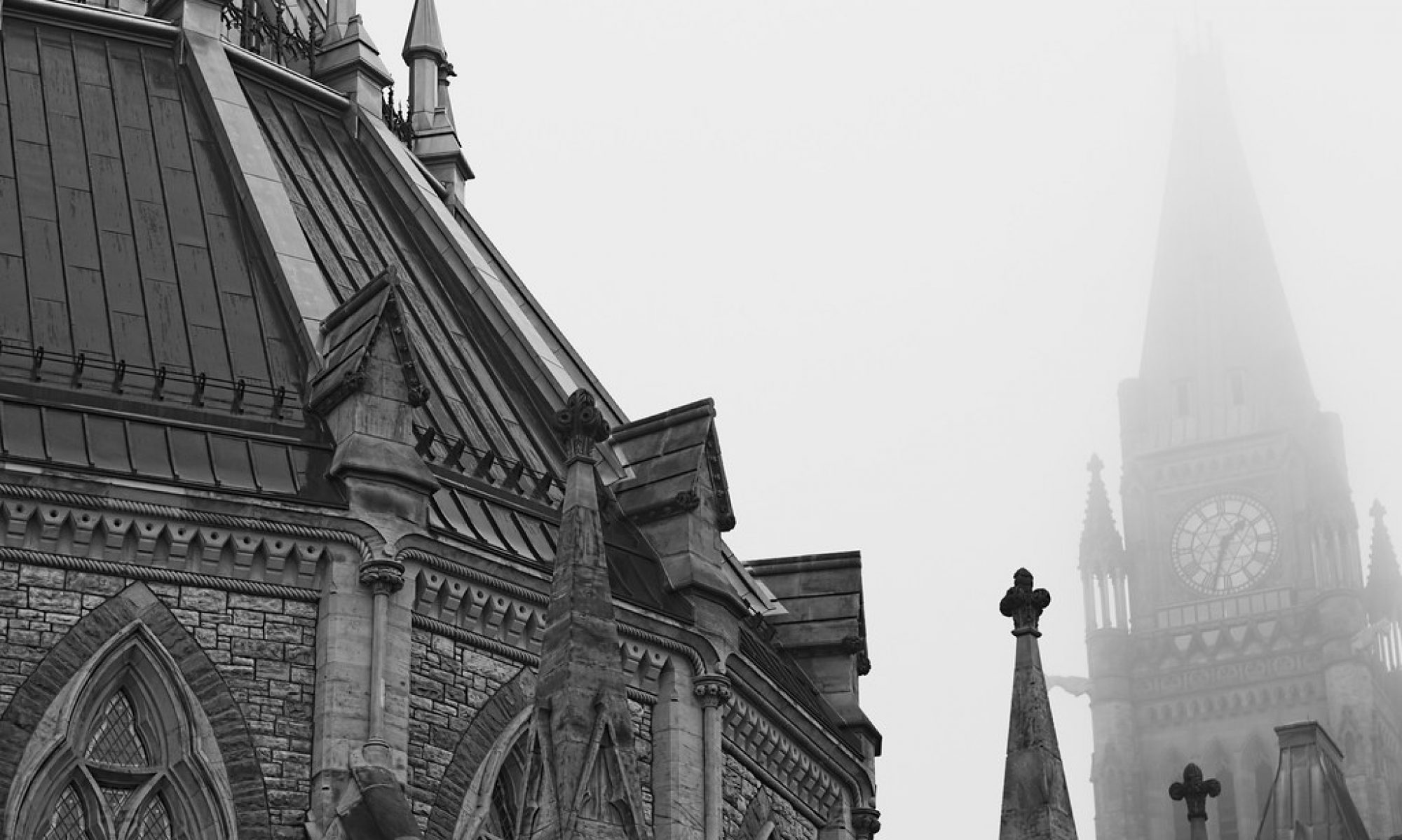You’ve often seen pictures of waterfalls, big or small, and how the water seems to be silky and soft.
In order to get this soft effect, you need to take a long exposure. That allows the water to flow during the exposure, causing a blurring effect. The longer the exposure, the softer and smoother the effect. (A few seconds will suffice).
The theory is straightforward, but have you tried to take a picture in daylight for a few seconds? If you don’t take any additional measures, your picture will be blown out (read: solid white image).
To be able to expose for a few seconds without letting too much light in, you need to add a Neutral Density filter. This is essentially sunglasses for your camera.
In this example, I used a Cokin ND8 Neutral Density filter. An ND8 neutral density adds 3 f-stops of “darkness” to the image. This means the filter blocks almost 90% of the light coming into the lens.
An ND4 and ND2 add 2 f-stops and 1 f-stop, respectively.
You want to place the camera on a tripod, and fire it either on a timer or with a remote control. You don’t want to use the shutter button to take the exposure, because pressing the shutter button could cause camera shake, making a less than sharp image.
I use the Cokin system since this allows me to stack the filters. I could put an ND8 and an ND4 at the same time, easily. I could also put a graduated neutral density filter, which is a filter that starts from the dark at one end, and blends into a clear part of the filter.
The Cokin system is also good because it allows you to use the filters on various lenses of different thread sizes. Normal filters screw on to lenses, and need to be the same thread size as the filter. I have various thread sizes for my lenses, so I would have to buy 4 or 5 of each of these filters, as opposed to one Cokin filter. It also means that I carry less filters when I travel or hike.




